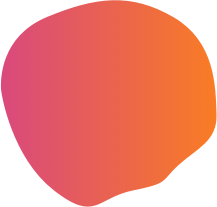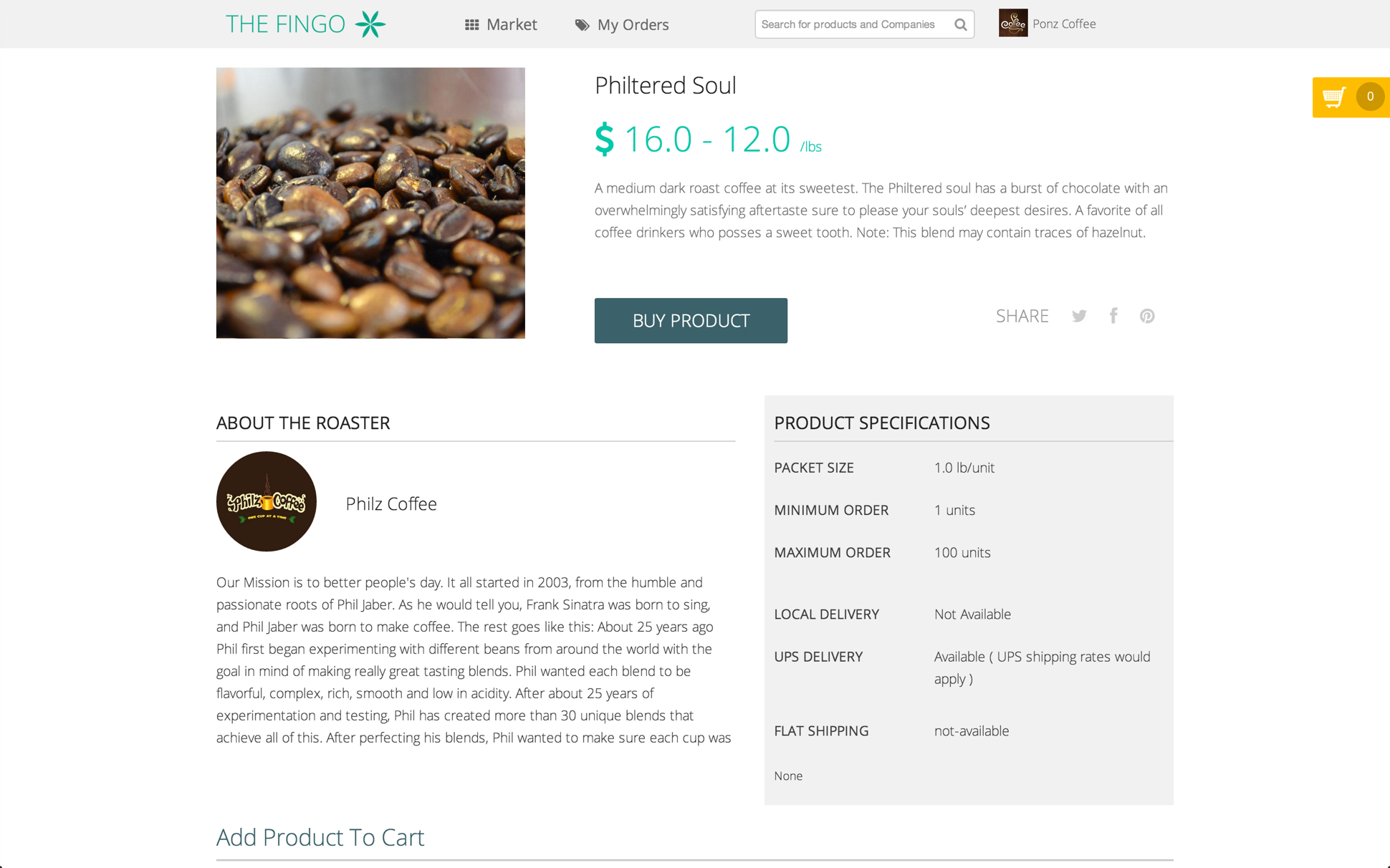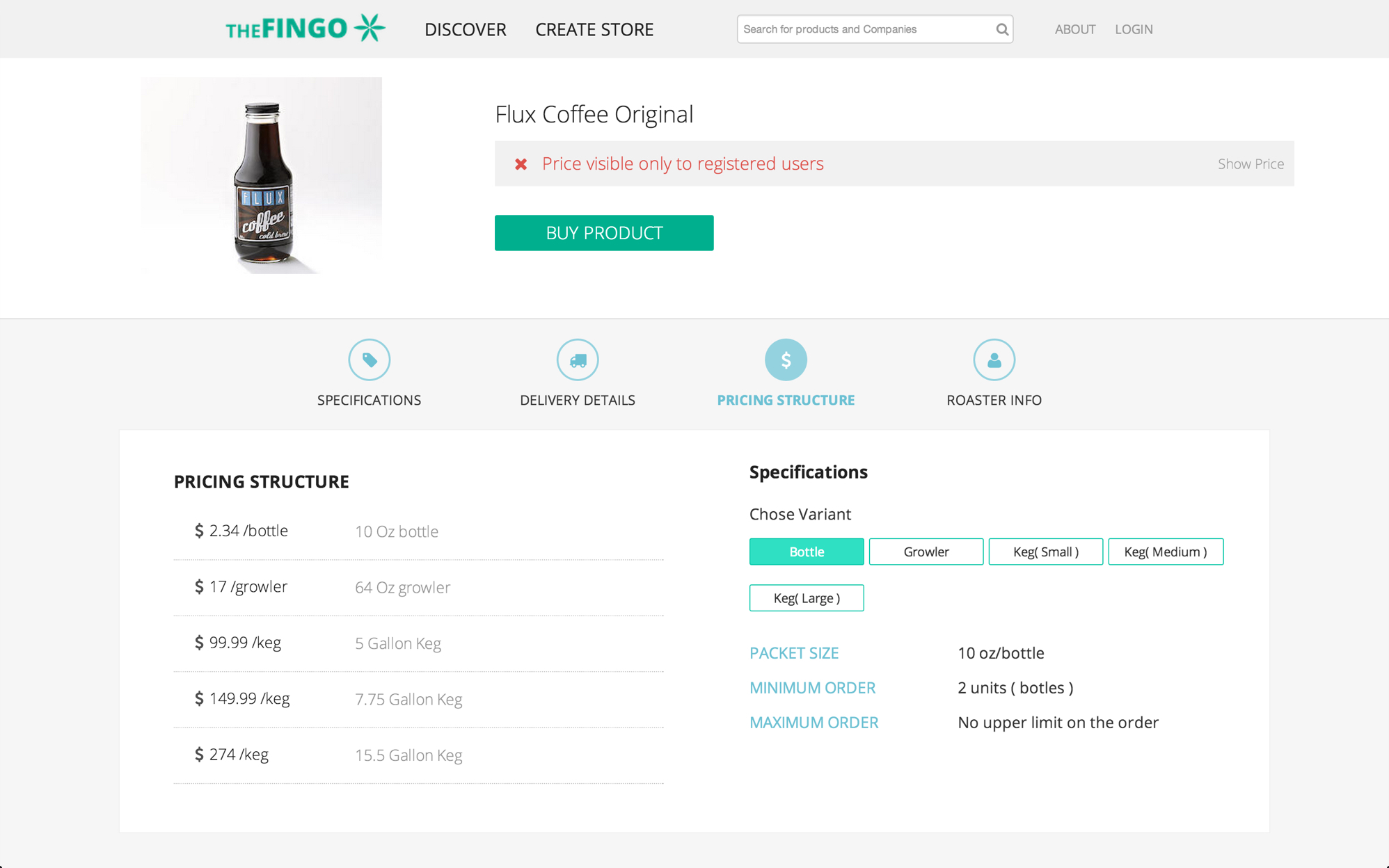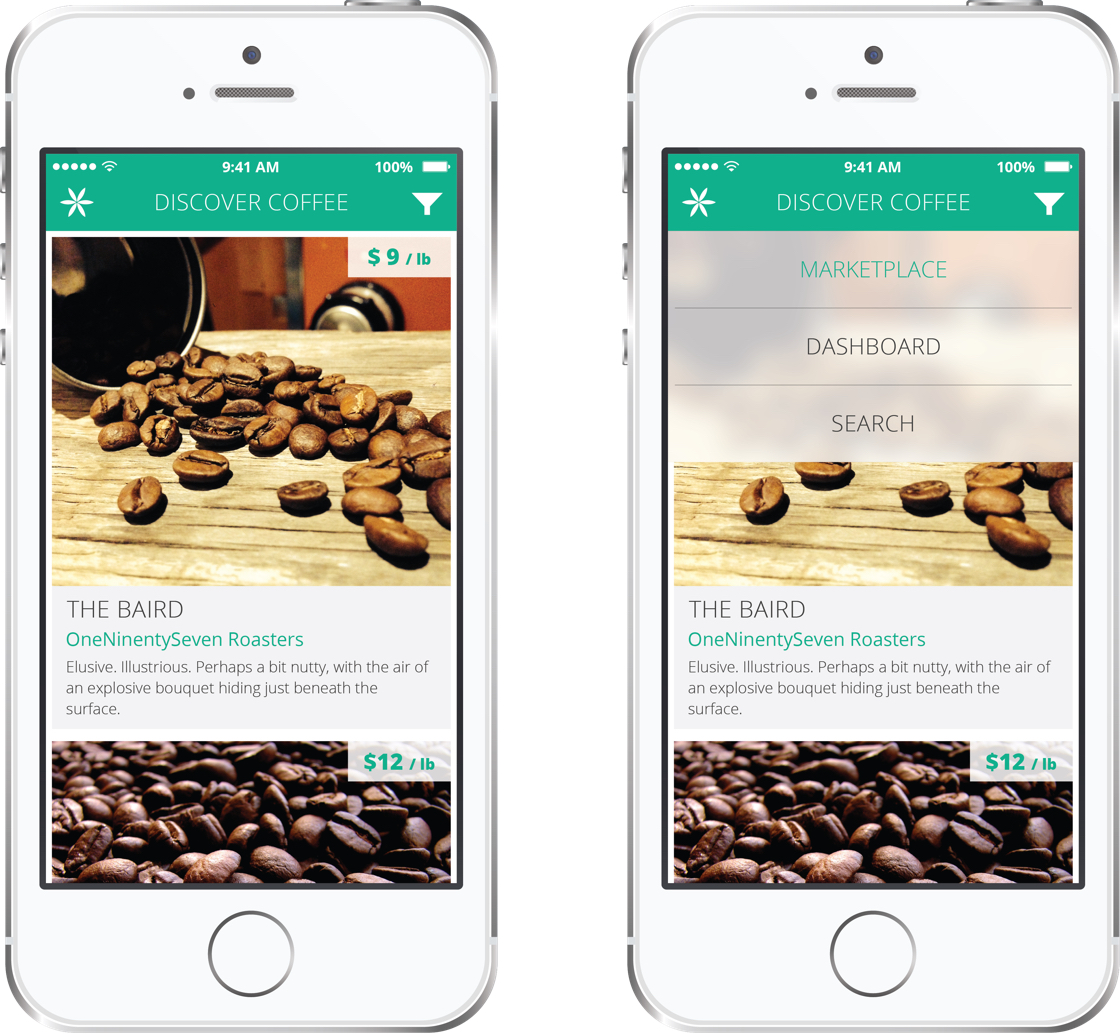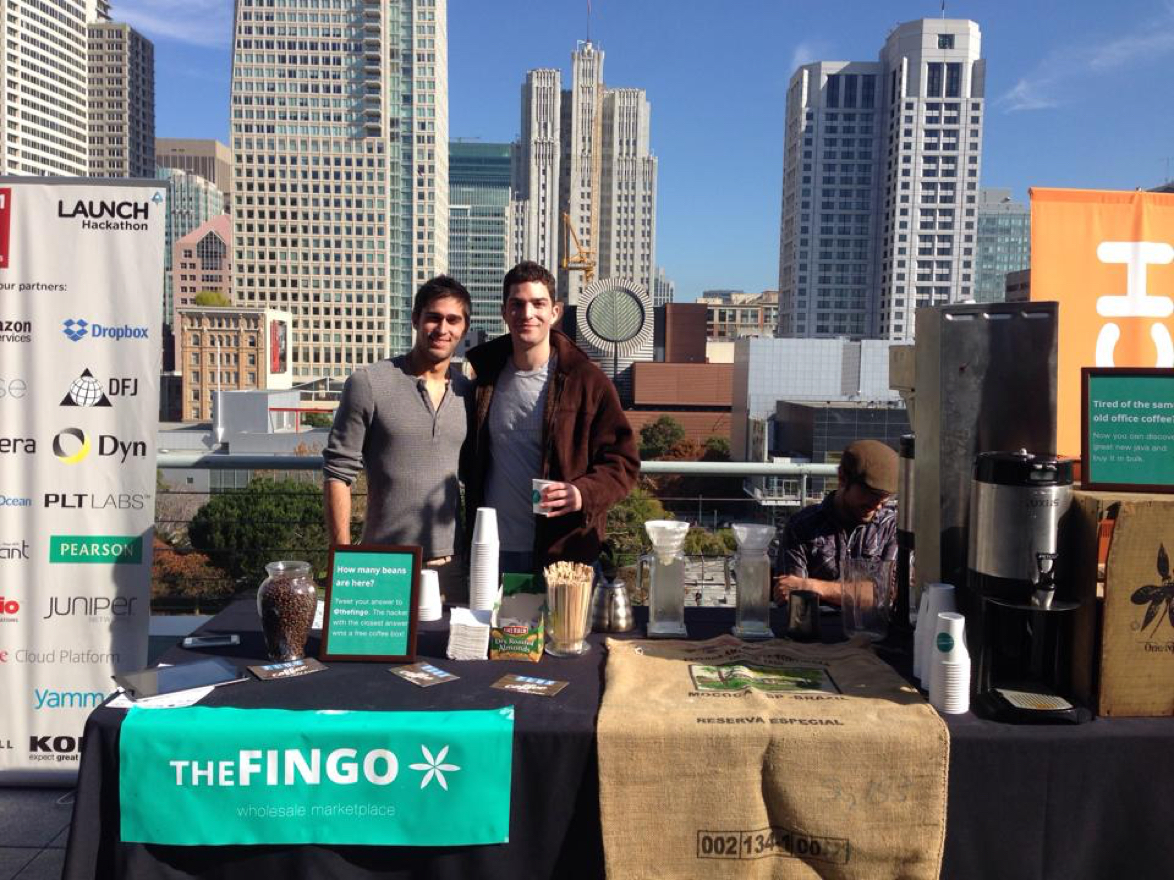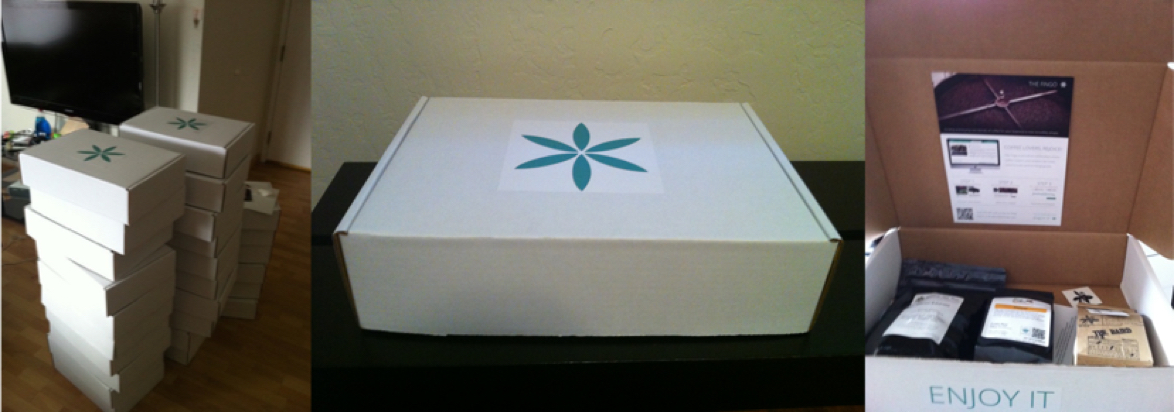After speaking to our customers, we learnt that most of our buyers are mostly discovering coffee and roasters as compared to trying to search for them. These buyers were exploring them based on taste notes, origin, reviews and price.
So we redesigning our marketplace to focus on these aspects. We improved our images and it led to a 17% higher conversion rate from the previous design
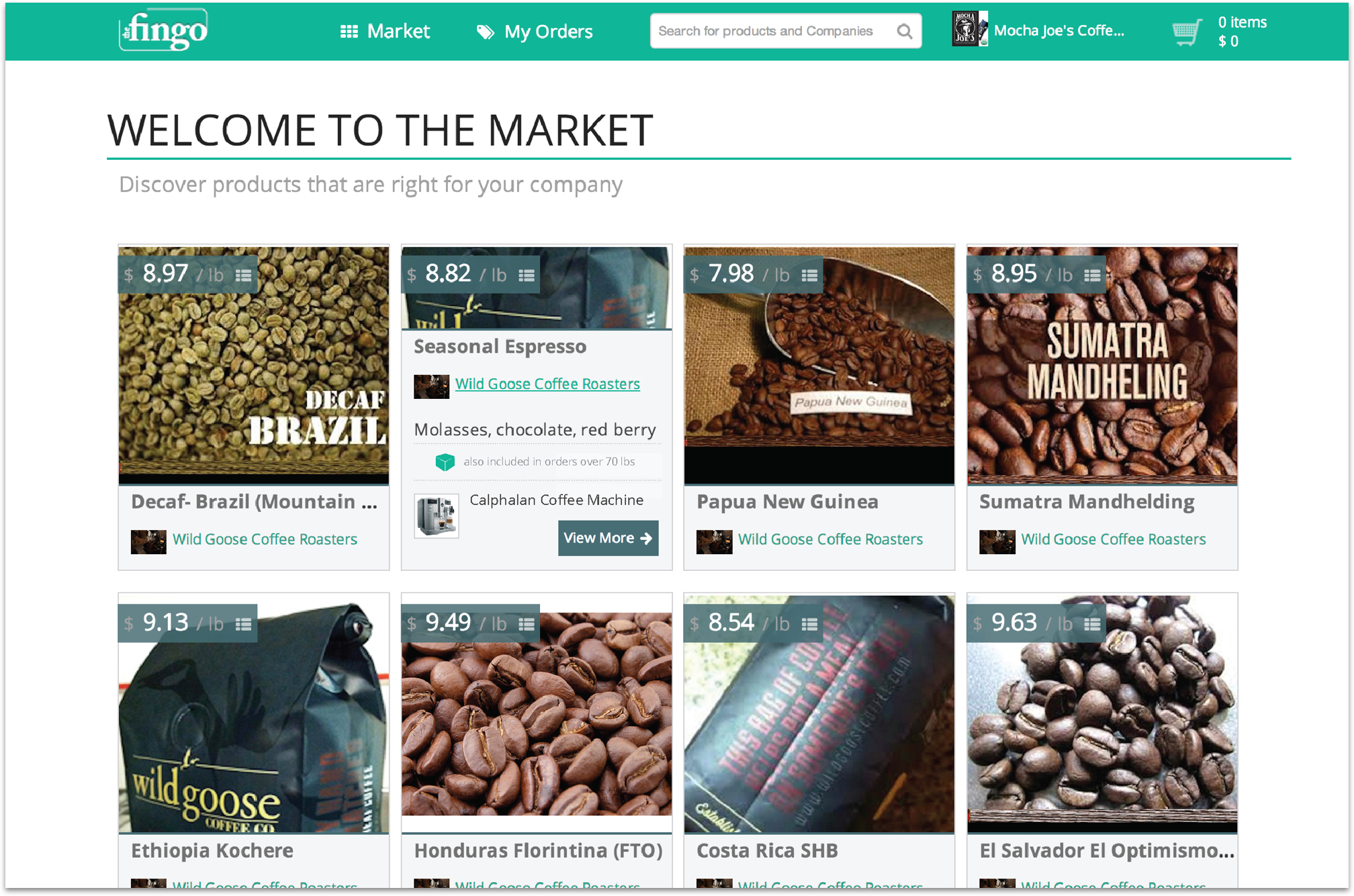
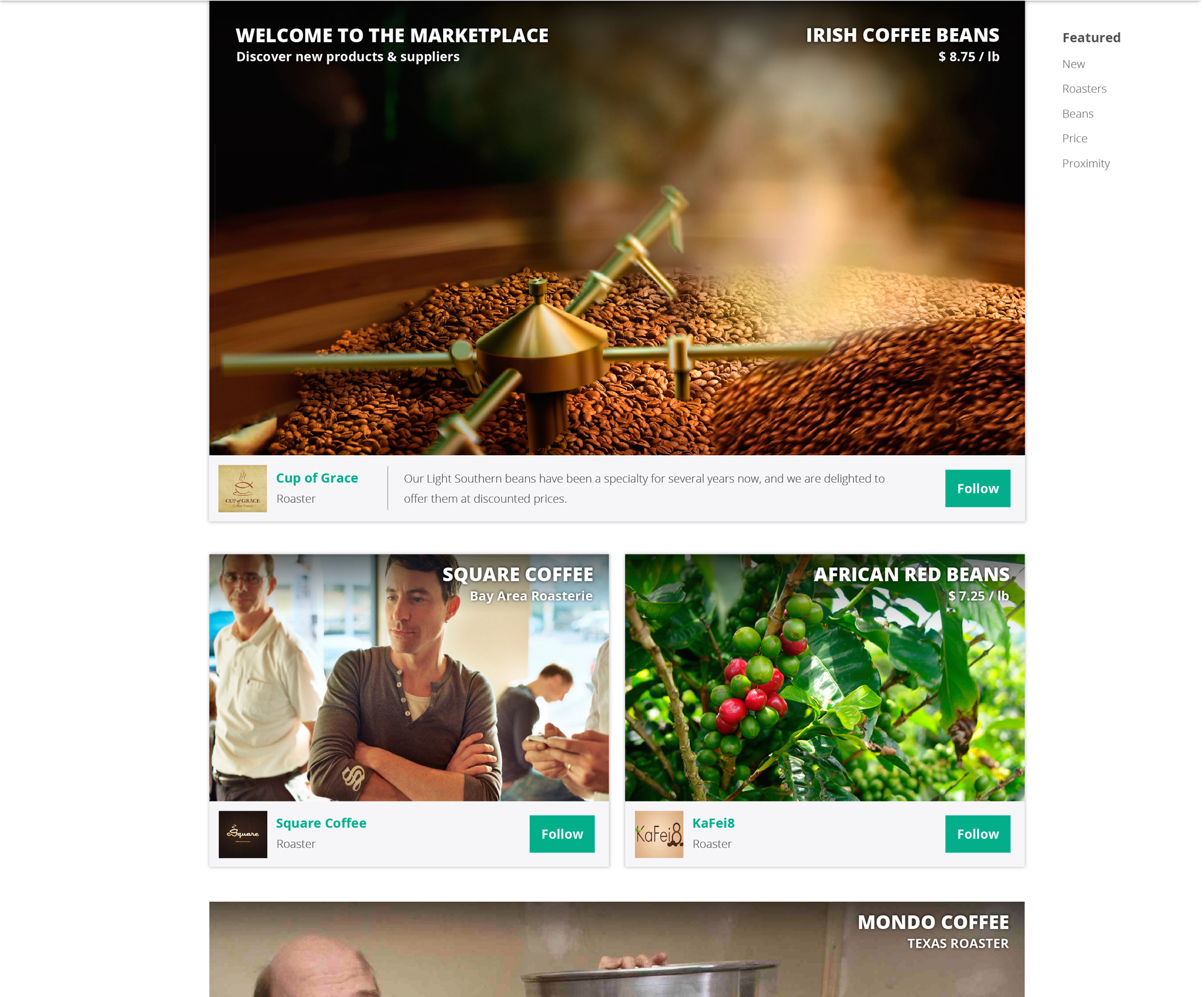
My friend Justin made this amazing video in c++ to announce the launch of our product.
